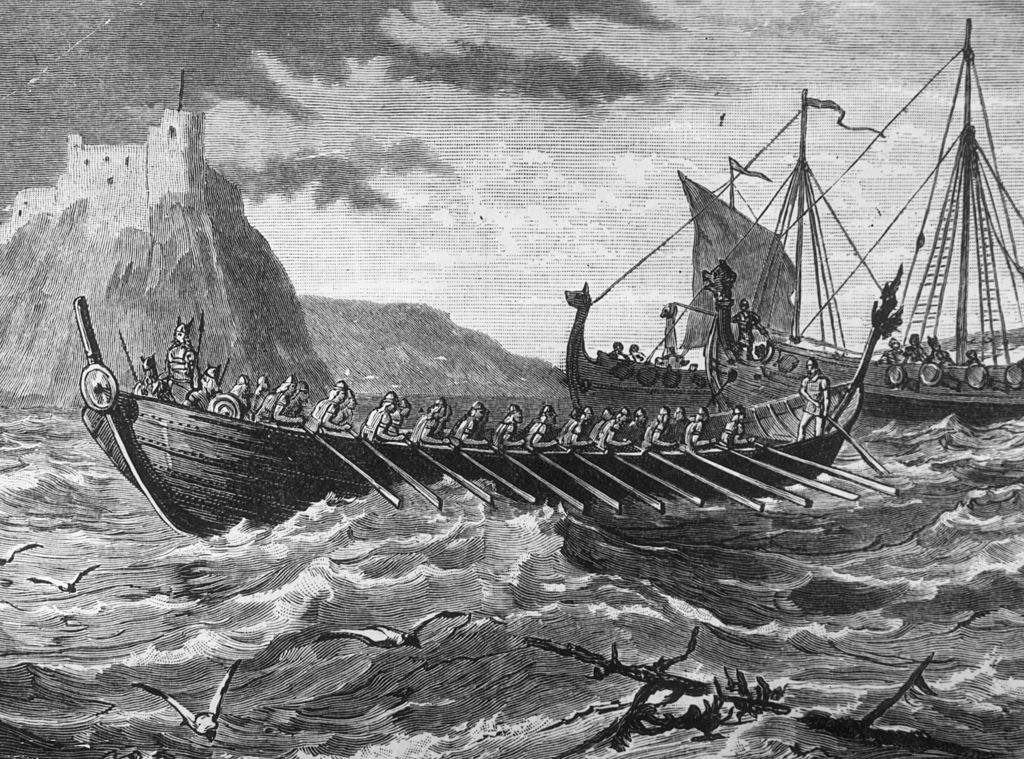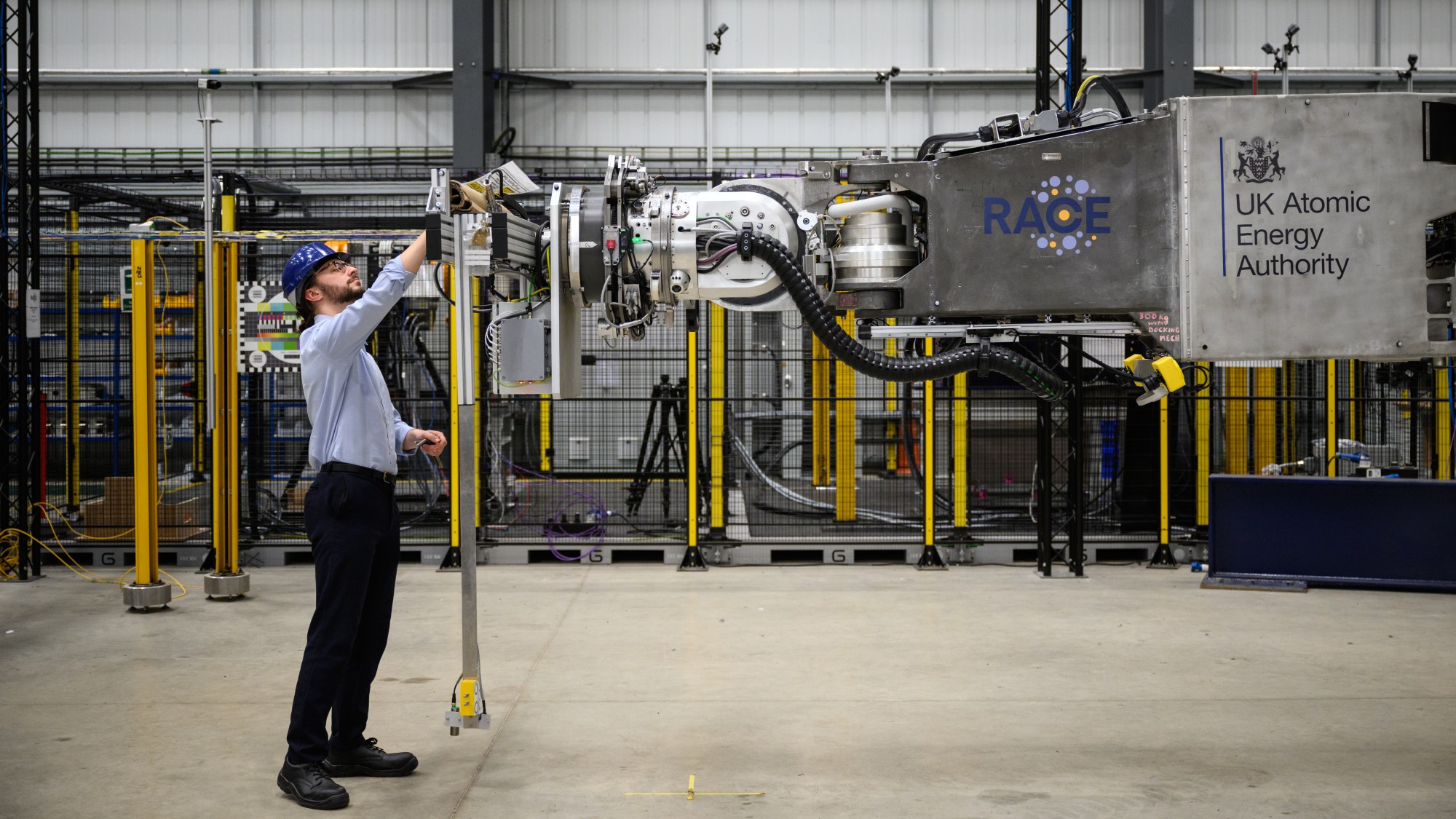Sea-level rise may have pushed the Vikings from their settlement


The Vikings lived in what is now Greenland between the years 985 and 1450 before they abruptly disappeared from the region. The reason why they left a fairly successful settlement has eluded historians, but new research published in the journal PNAS may have pinpointed a key reason. The study found that "sea-level change ... represents an integral, missing element of the Viking story."
"There's been a shift in the narrative away from the idea that the Vikings completely failed to adapt to the environment and toward arguments that they were faced with a myriad of challenges, ranging from social unrest, economic turmoil, political issues, and environmental change," said the study's lead author Marisa Borreggine. "The changing landscape would've proven to be yet another factor that challenged the Viking way of life."
Using computer models, researchers discovered that during the time of the Vikings' occupancy, the sea surrounding Greenland would have risen close to 10 feet. This would have led to significant flooding, CNN writes. Much of the rise came because of the Little Ice Age which occurred during the period. Contrary to what one may expect, during this cooling of temperatures, the sea level actually rose in the region because the Greenland Ice Sheet "pushed down the land around it, something like the dent that forms around you if you sit on a waterbed," per study co-author Richard Alley. "The greater ice mass close to the shore raised the ocean."
The Week
Escape your echo chamber. Get the facts behind the news, plus analysis from multiple perspectives.

Sign up for The Week's Free Newsletters
From our morning news briefing to a weekly Good News Newsletter, get the best of The Week delivered directly to your inbox.
From our morning news briefing to a weekly Good News Newsletter, get the best of The Week delivered directly to your inbox.
Climate change during this time was a natural occurrence that took place in a cycle, however because of modern-day industrialization, the environment is changing at a much more rapid pace. Today, communities are still being displaced as a result of rising sea levels and flooding. "The Vikings didn't really have a choice," remarked Borregine. "They couldn't stop the Little Ice Age. We can do work to mitigate climate change. The Vikings were locked into it."
A free daily email with the biggest news stories of the day – and the best features from TheWeek.com
Devika Rao has worked as a staff writer at The Week since 2022, covering science, the environment, climate and business. She previously worked as a policy associate for a nonprofit organization advocating for environmental action from a business perspective.
-
 Time blindness: is being late a disorder?
Time blindness: is being late a disorder?In The Spotlight Understanding the cause of chronic tardiness can save a relationship
-
 Quiz of The Week: 3 – 9 January
Quiz of The Week: 3 – 9 JanuaryQuiz Have you been paying attention to The Week’s news?
-
 The Week Unwrapped: Is Elon Musk’s AI tool a platform for abuse?
The Week Unwrapped: Is Elon Musk’s AI tool a platform for abuse?Podcast Plus can Mumsnet predict who will be the next PM? And who is still watching Avatar sequels?
-
 How climate change is affecting Christmas
How climate change is affecting ChristmasThe Explainer There may be a slim chance of future white Christmases
-
 Blue Origin launches Mars probes in NASA debut
Blue Origin launches Mars probes in NASA debutSpeed Read The New Glenn rocket is carrying small twin spacecraft toward Mars as part of NASA’s Escapade mission
-
 Why scientists are attempting nuclear fusion
Why scientists are attempting nuclear fusionThe Explainer Harnessing the reaction that powers the stars could offer a potentially unlimited source of carbon-free energy, and the race is hotting up
-
 Dinosaurs were thriving before asteroid, study finds
Dinosaurs were thriving before asteroid, study findsSpeed Read The dinosaurs would not have gone extinct if not for the asteroid
-
 Canyons under the Antarctic have deep impacts
Canyons under the Antarctic have deep impactsUnder the radar Submarine canyons could be affecting the climate more than previously thought
-
 SpaceX breaks Starship losing streak in 10th test
SpaceX breaks Starship losing streak in 10th testspeed read The Starship rocket's test flight was largely successful, deploying eight dummy satellites during its hour in space
-
 NASA is moving away from tracking climate change
NASA is moving away from tracking climate changeThe Explainer Climate missions could be going dark
-
 Rabbits with 'horns' sighted across Colorado
Rabbits with 'horns' sighted across Coloradospeed read These creatures are infected with the 'mostly harmless' Shope papilloma virus
